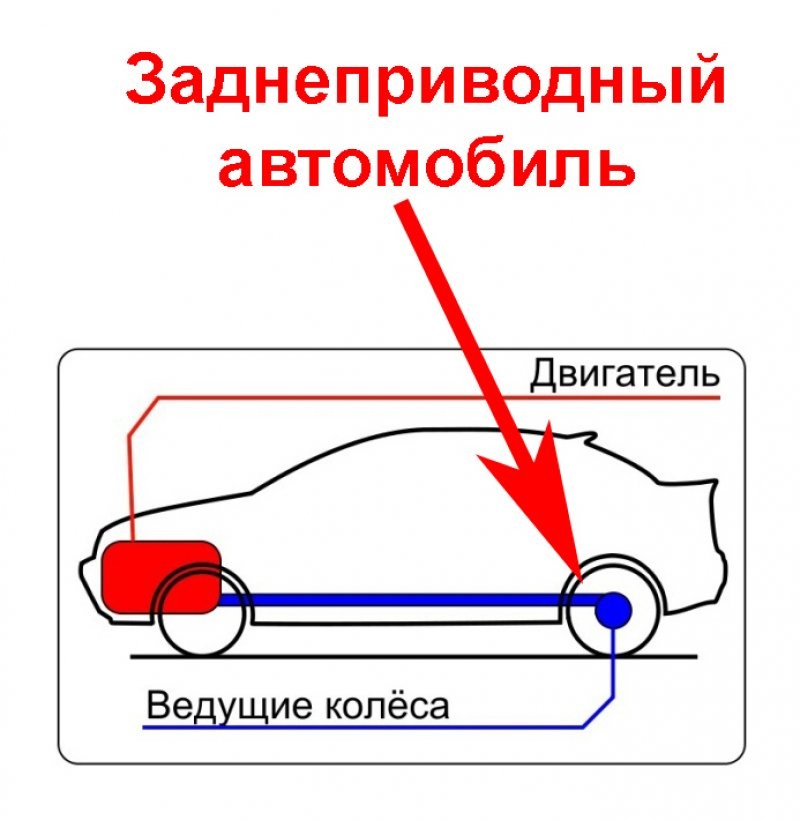
5 important things to know about rear wheel drive (RWD)
Content
With all the options available for drive wheels in vehicles, there can be confusion as to which one is best for you. Here you will learn five things you need to know about rear wheel drive (RWD) so you can better…
With all the options available for drive wheels in vehicles, there can be confusion as to which one is best for you. Here you will learn five things you need to know about rear wheel drive (RWD) so you can make a more informed decision.
What it is?
RWD simply means that engine power is sent to the rear axle through the driveshaft. Once the driveshaft sends power to the rear axle, it transfers it to a set of rear gears that distribute it between the wheels. In this drive configuration, the rear wheels of the vehicle are responsible for driving the vehicle and the front wheels are responsible for steering.
Benefits of using GPR
Rear wheel drive is most commonly found on sports cars and trucks. For trucks, rear-wheel drive provides increased traction when hauling heavy loads. This traction boost helps move the load and increases the life of the truck. In high performance vehicles, rear-wheel drive provides the power needed to fit larger engines and more power.
Increased acceleration and balance
RWD also contributes to acceleration. When the driver presses the gas pedal, the vehicle's weight shifts to the rear. In a rear-wheel drive vehicle, this puts more pressure on the drive wheels, resulting in a faster takeoff than in a front-wheel drive vehicle. In addition, rear-wheel drive vehicles typically have a better weight balance across all four tires, which contributes to better balance and handling.
Less repairs
RWD systems are popular because they can provide increased reliability over other drives available. The systems are engineered to be durable, which means you won't have to worry about serious damage if you hit a pothole or even run over a curb. If this happens in a front wheel drive vehicle, you will most likely be at the shop waiting for an axle or driveshaft to be replaced or repaired.
Not suitable for bad weather
For all their advantages, rear wheel drive vehicles are not the best option for driving on snow and ice. While traction control and other similar systems help you stay in control, you're more likely to slip and even spin on slippery roads. If you have a rear wheel drive car, your best bet is to use snow chains, increase the load on the rear of the car by loading the trunk, or if possible use another car in inclement weather.